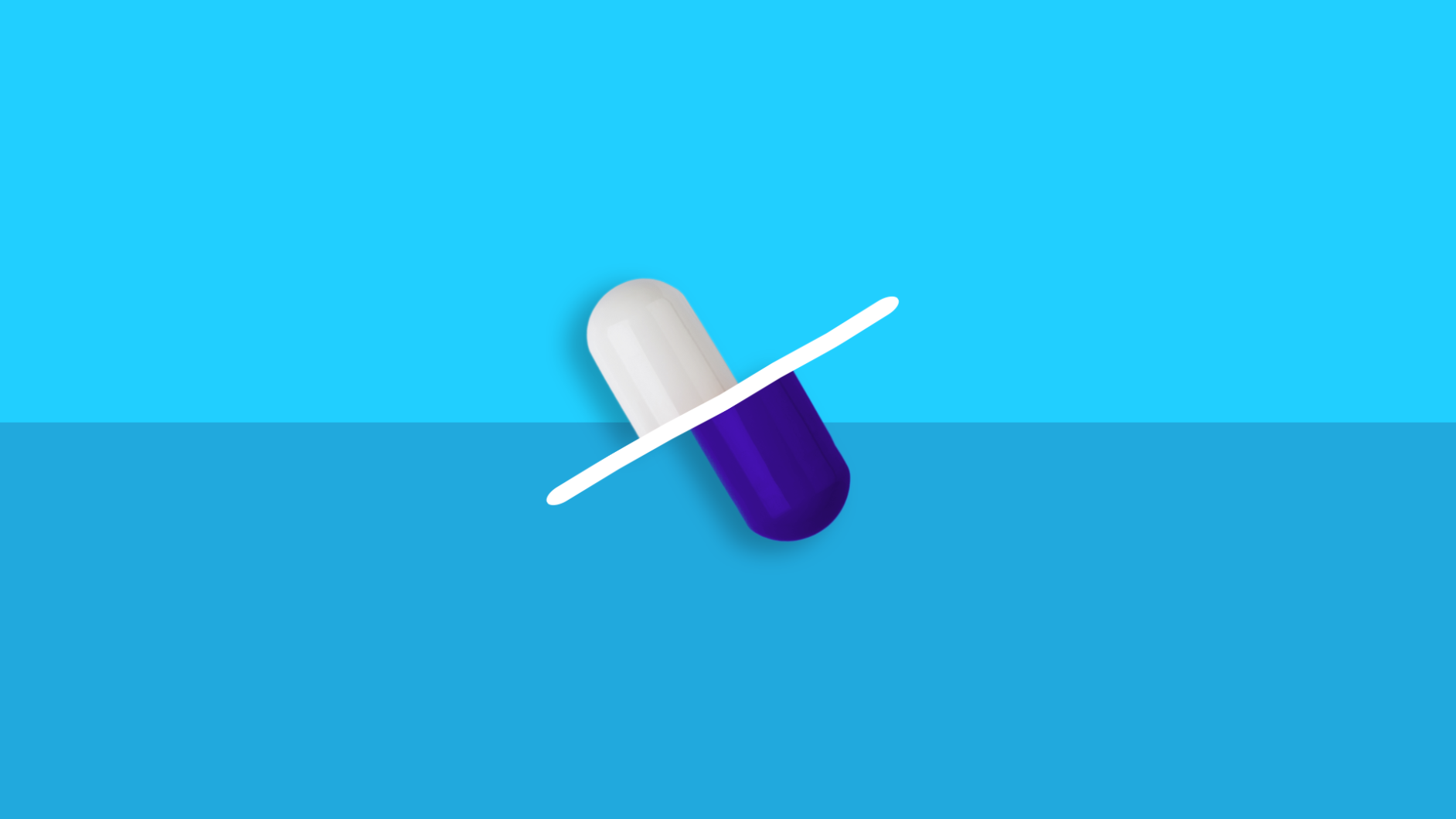Key takeaways
Migraine affects 10% to 13% of people worldwide, with women being three times more likely than men to suffer from it, and more than 11 million Americans report that it causes moderate to severe disability.
Preventive migraine medications include anticonvulsants, tricyclic antidepressants, beta blockers, Botox, calcium channel blockers, and CGRP inhibitors, which help reduce the frequency and severity of attacks.
Medications that can stop a migraine, such as triptans or prescription-strength NSAIDs, are designed to be taken at the onset of symptoms to stop an attack.
Individuals experiencing frequent or severely disabling migraines should consider prescription medications for prevention and may need non-oral forms of abortive medication if they experience nausea or vomiting during attacks.
Throbbing, pulsing pain. Sensitivity to light and sound. Nausea and vomiting. If you are one of the 38 million Americans who experience migraine, you recognize these symptoms. And, you may need a prescription migraine medication to help.
Who does migraine affect?
Studies estimate that between 10% and 13% of people worldwide live with migraine. In fact, nearly 5 million Americans experience at least one migraine per month, and more than 11 million say that migraine causes a moderate to severe disability.
But the numbers vary greatly by age and sex. Women are three times as likely as men to have migraine. About 20% of women in the U.S. and 9.7% of men experienced a severe headache or migraine in the past three months, according to one study by the U.S. Centers for Disease Control and Prevention (CDC). Reports of recent migraine pain changed with age. For example, 24.7% of women aged 18-44 years old reported having experienced a severe headache or migraine in the last three months. But among women aged 75 and older, the percent of people with recent migraine was only 6.3%.
So what’s a person with migraine to do? If your migraine headaches are frequent, it may be time to seek professional help.
Migraine medication
When you have an ordinary headache, you might reach for an over-the-counter pain reliever such as naproxen, Tylenol, or Advil. Or you might simply drink some water and lie down in a cool, dark, quiet room for a bit. Often, this is not enough to knock out a migraine.
While there is no cure for migraine, there are two effective approaches to migraine treatment with medications, according to the National Institute of Neurological Disorders and Stroke at the National Institutes of Health. The first approach is prevention of migraine attacks, and the second is pain relief of migraine symptoms once an attack has occurred.
RELATED: Meet Ubrelvy, the new FDA-approved medication that cures migraine
Prescription medication for migraine prevention
NINDS reports that preventive treatment of migraine involves the use of drugs as well as behavior changes. People who experience frequent migraine headaches should practice stress management techniques, such as exercise, meditation, biofeedback, and other methods of relaxation.
According to Mahan Chehrenama, MD, a neurologist and migraine specialist in McLean, Virginia, patients should consider preventive medications if their migraine attacks are frequent (more than four to six attacks per month) or severely disabling. “Preventive medications are generally prescription-based, except for certain supplements like magnesium oxide,” she says. “These preventative drugs might also help patients better respond to pain relieving medications if a migraine does occur.”
Preventive medications are taken daily, even when you don’t have a headache. They can include:
- Anticonvulsants, such as Topamax (topiramate) or valproic acid
- Tricyclic antidepressants, such as Elavil (amitriptyline) or Pamelor (nortriptyline)
- Beta blockers, such as Lopressor (metoprolol) or Inderal (propranolol)
- Botox
- Calcium channel blockers, such as Cardizem (diltiazem) or Calan (verapamil)
- CGRP inhibitors, such as Aimovig (erenumab), Emgality (galcanezumab), or Ajovy (fremanezumab). Vyepti (eptinezumab) has been approved by the FDA, but is not yet available on the market.
RELATED: Should you take Topamax for your migraines?
Abortive migraine medication
Almost every patient who seeks medical care for migraine will need an “abortive” migraine prescription. These are medications that are taken at the onset of a migraine to “abort” or stop a migraine attack.
“Most patients who seek medical care regarding their headaches have been unsuccessful in treating them effectively with over the counter non-prescription analgesics,” Dr. Chehrenama says. So if you’ve gone through your pharmacy’s selection of Excedrin and your headache still won’t budge, it’s probably time to ask your doctor for a prescription drug.
Some abortive drugs are migraine-specific, like triptans. Triptans are a popular class of drugs. They work by stimulating serotonin in the brain, which decreases inflammation and constricts blood vessels, stopping the migraine. Triptans include Axert (almotriptan), Relpax (eletriptan), Frova (frovatriptan), Amerge (naratriptan), Maxalt (rizatriptan), Imitrex (sumatriptan), and Zomig (zolmitriptan). Several new drugs were recently approved for acute treatment of migraine: Reyvow (lasmiditan) and Ubrelvy (ubrogepant).
But your doctor might choose to prescribe non-migraine specific abortive meds, like nonsteroidal anti-inflammatory drugs (NSAIDs). He or she will be able to provide you with the best medical advice and prescription based on your specific symptoms, drug administration preferences, and migraine medication side effects.
RELATED: How much ibuprofen is safe to take?
“If a patient suffers from nausea or vomiting [during migraine], they are less likely to absorb oral meds effectively and commonly will require non-oral formulations of migraine abortive, such as a nasal spray or a subcutaneous injection,” Dr. Chehrenama says.
So if you are one of the millions of people in the U.S. living with migraine, talk to your doctor about treatment options.



